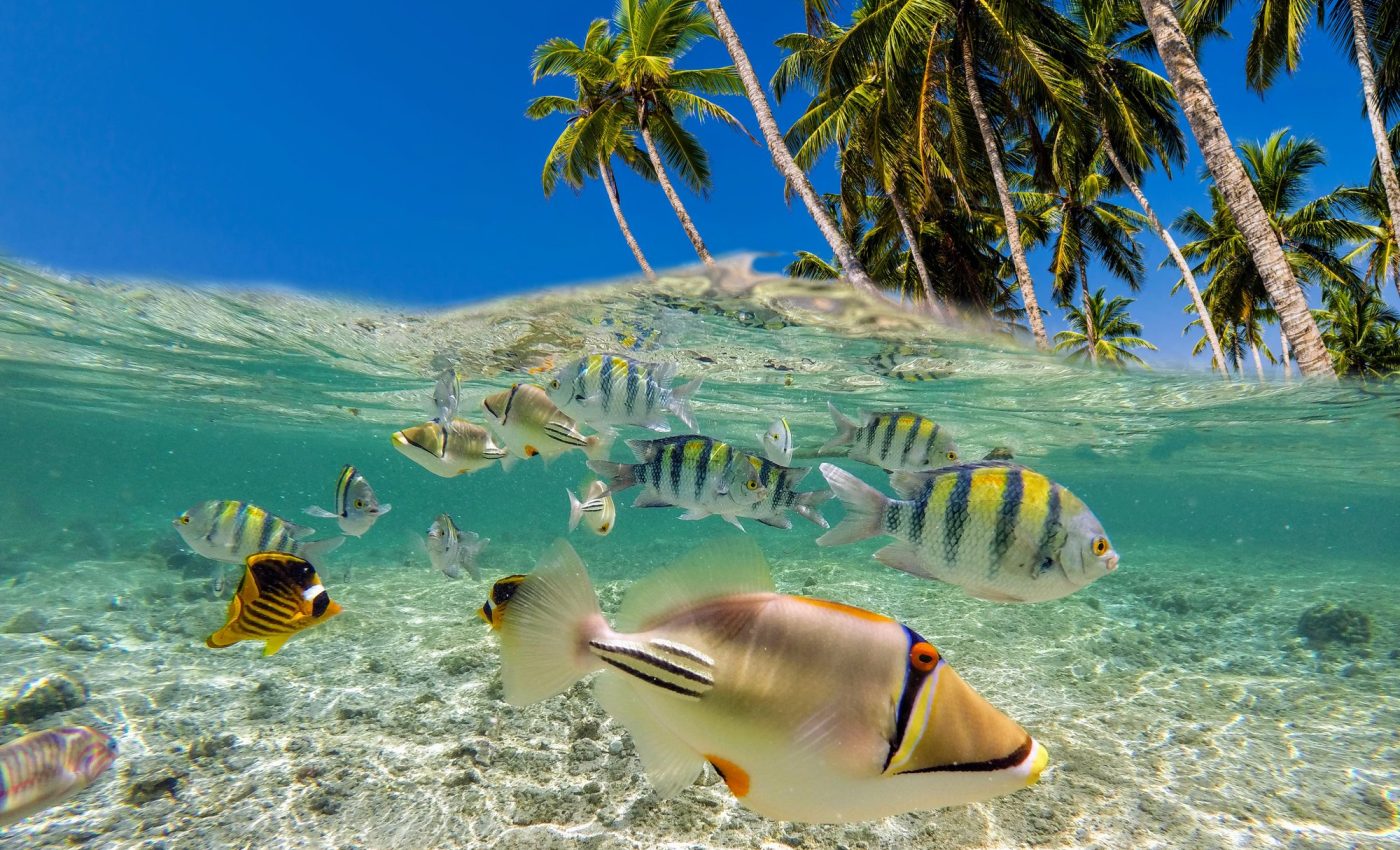
Cascading oxygen loss is endangering ocean life
Five hundred million years ago, the Cambrian “SPICE” event led to a significant drop in oceanic oxygen levels. Researchers from the University of Copenhagen have now explored how large-scale ocean anoxia developed during this event and its potential modern implications.
The study identified a phosphorus recycling chain reaction from ocean sediments as a key factor in oxygen loss.
Self-amplifying feedback loop
“Under anoxic conditions, phosphorus is released more efficiently from sediments, which further depleted oxygen levels and expanded anoxia at the global scale,” explained senior author Tais W. Dahl, an associate professor of geobiology at the University of Copenhagen.
“This self-amplifying loop led to a rapid and prolonged marine anoxia. The study warns that the feedback loop is still looming in today’s oceans, where human activities might influence nutrient dynamics in ways that increase the risk of setting off cascading anoxic conditions.”
“Coastal zones, in particular, could be susceptible to anoxia that might propagate on a larger scale.”
No immediate threat
While global-scale anoxia is not an immediate threat today due to limited phosphorus resources and high atmospheric oxygen levels, the study highlights the importance of understanding nutrient dynamics and sedimentation processes, particularly in coastal zones.
These insights are crucial for managing the health of marine ecosystems and their resident animal species.
Evolution of ocean chemistry
By comparing ancient and modern marine systems, this study provides valuable insights into the potential evolution of ocean chemistry today.
Emphasizing the importance of historical context, the research aims to improve predictive models and guide policy decisions to safeguard marine ecosystems and ensure their resilience in the face of ongoing environmental changes.
Preventing a future tipping point
“The SPICE event exemplifies how oxygen loss in marine ecosystems cascaded shoreward, passing a tipping point resulting in lasting harm to animal ecosystems, altering the carbon cycle,” noted the study authors.
“These insights emphasize the importance of understanding marine nutrient dynamics and the need to improve forecasting models to guide policy, ensure marine health, and prevent conditions that could cause self-cascading oceanic damage.”
Cascading oxygen loss
Cascading oxygen loss in the ocean refers to a process where deoxygenation spreads from one part of the ocean to another, creating a chain reaction.
Nutrient runoff
This phenomenon typically begins in areas with high nutrient runoff, such as coastal regions with heavy agricultural or urban pollution.
Excess nutrients stimulate the growth of phytoplankton, which, after dying, sink and decompose. This decomposition consumes oxygen, leading to hypoxic (low oxygen) or anoxic (no oxygen) conditions.
Expansion of low-oxygen conditions
As these hypoxic or anoxic zones expand, they affect marine life, causing die-offs of species that cannot survive in low-oxygen environments.
The loss of these species further disrupts the marine ecosystem, altering food webs and reducing biodiversity. Additionally, as the affected waters circulate and mix with other ocean areas, the low-oxygen conditions can spread, exacerbating the problem.
Complex interplay
Cascading oxygen loss also interacts with other stressors, such as rising ocean temperatures and acidification, making marine environments even more inhospitable.
This complex interplay of factors can lead to widespread and persistent deoxygenation, significantly impacting ocean health and the services it provides to human societies, such as fisheries and carbon sequestration.
How does oxygen loss impact marine species?
Oxygen loss in marine environments significantly impacts marine animals by reducing the availability of a critical element needed for their survival.
As oxygen levels decrease, many marine species experience stress, which can lead to decreased growth rates, impaired reproductive success, and increased susceptibility to diseases.
This hypoxic condition forces marine animals to either adapt, migrate to areas with higher oxygen levels, or face potential mortality.
Additionally, oxygen depletion can disrupt food chains, as both predator and prey species are affected, leading to broader ecological consequences in marine ecosystems.
The study is published in the journal One Earth.
—–
Like what you read? Subscribe to our newsletter for engaging articles, exclusive content, and the latest updates.
Check us out on EarthSnap, a free app brought to you by Eric Ralls and Earth.com.
—–













